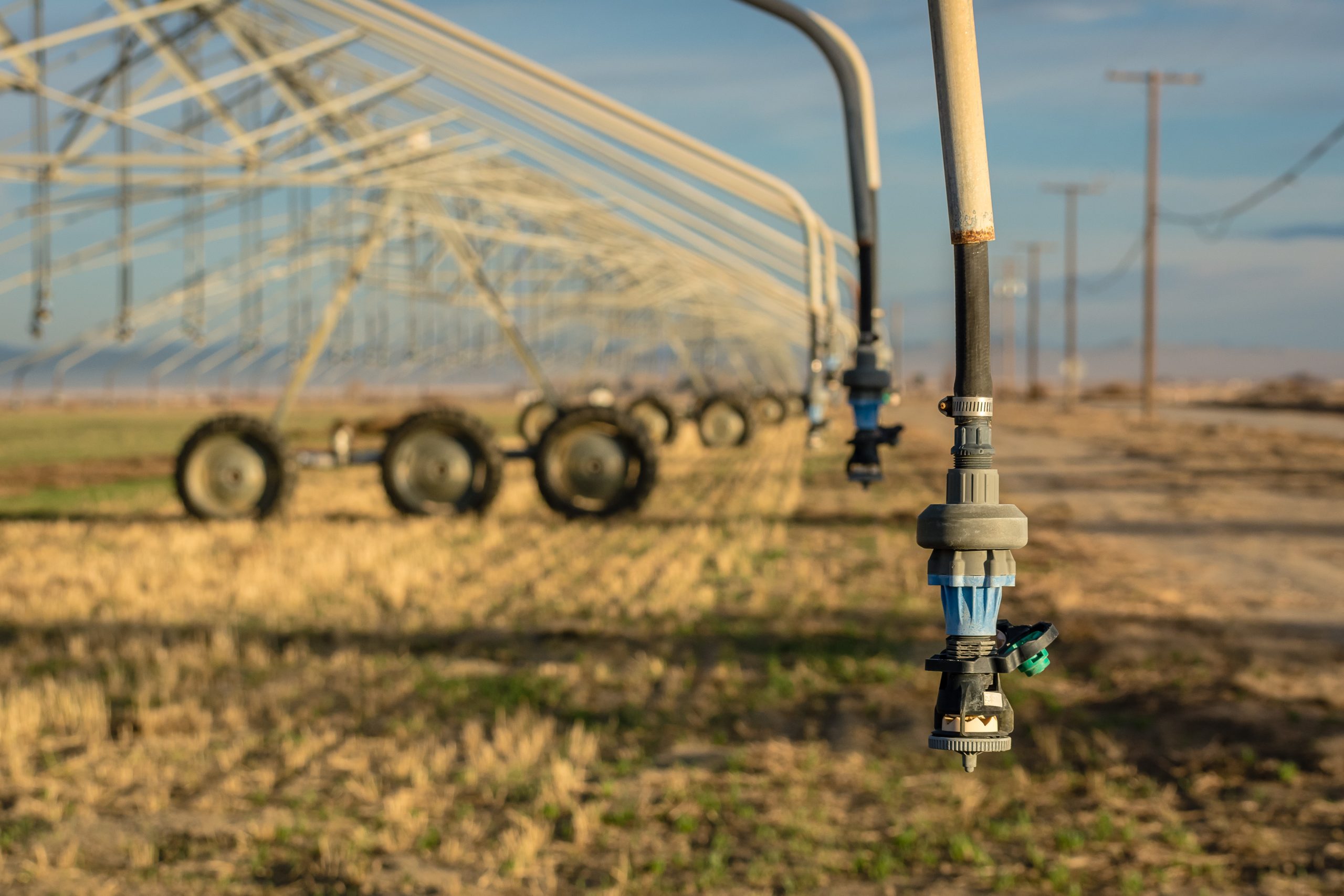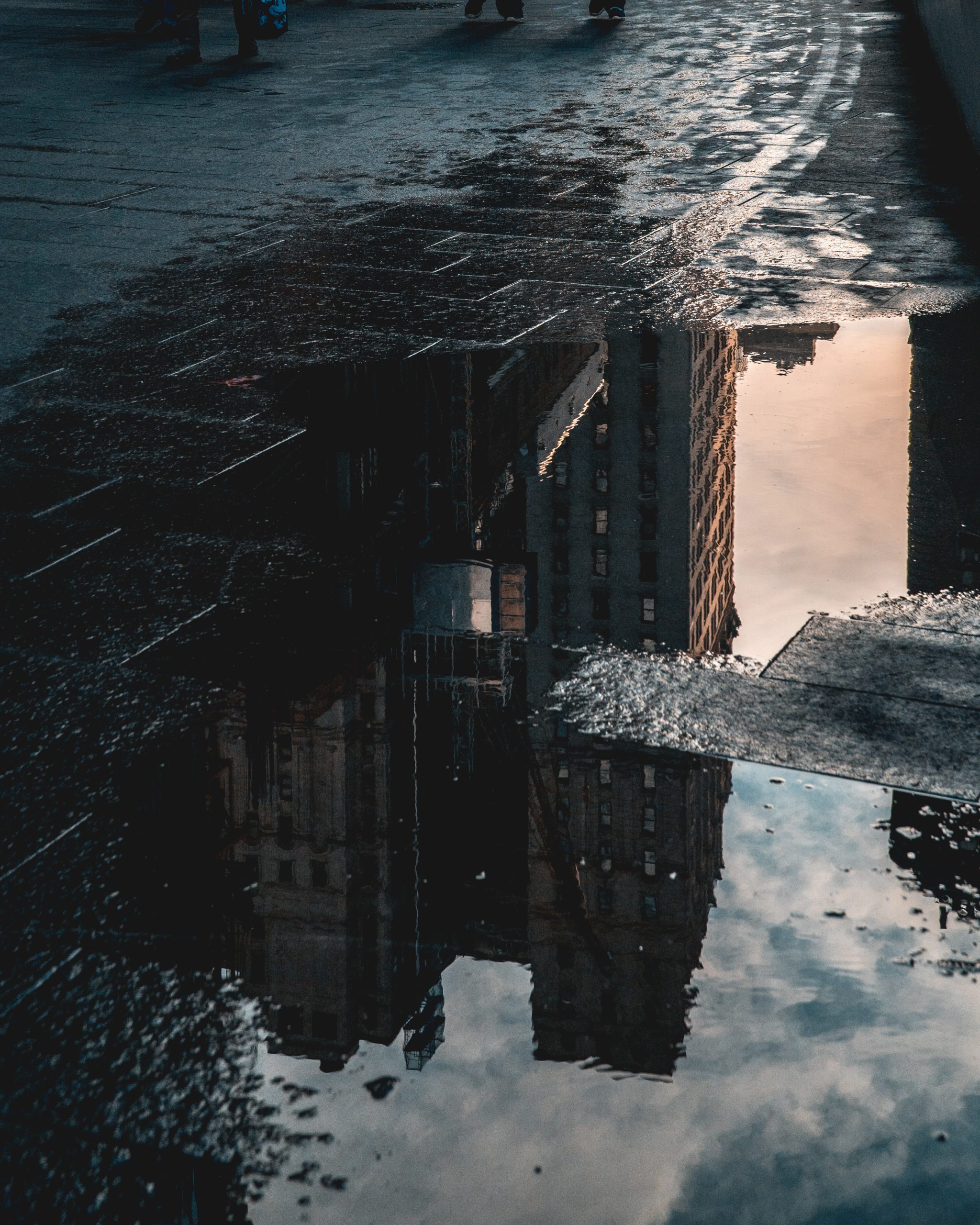
Lessons from the National Voter Poll on Water
An Interview with Nicole Lampe
Nicole Lampe: Absolutely. The idea came from the Water Funder Initiative, which is a group of funders that are trying to improve their impact by funding together. They did a landscape assessment in 2017 that looked at the strengths and weaknesses of our field. One of the areas of potential growth they identified was communications. The Water Hub was built in Climate Nexus’s image in that it is a field resource and has some strategic flexibility. The difference is we started out with a Western regional focus and we also were explicitly frontline-serving from the beginning. When we did our own landscape assessment in 2019 and looked at where the greatest capacity needs were, we felt like grassroots and frontline organizations were really close to the problems [and] driving a lot of innovative solutions but weren’t being centered in water policy or water news because of the lack of capacity. We set out to change that by providing an extra set of hands, but also research tools, and skill-building trainings to try to add extra know-how and bandwidth where it had been light previously.
Nicole Lampe: It had been about a year since our last national voter poll and we had a bunch of questions about policy pieces that were either moving then or that were going to begin moving in earnest in 2023. A lot of our partners are working on infrastructure so that was a central focus of the poll. How do we target infrastructure dollars that we’ve won? The other two big policy pieces that we focused on were the Farm Bill and the Clean Water Act.
“…grassroots and frontline organizations were really close to the problems [and] driving a lot of innovative solutions but weren’t being centered in water policy or water news… We set out to change that…”
Lilli Watson: The poll showed that voters were almost twice as likely to blame the growth of cities and suburbs for water shortages as they were to blame overplanting of crops and dry areas, even though agriculture actually uses the vast majority of western water. Why do you think so many people overestimate the impact of urban and suburban growth and underestimate the impact of agriculture?

Lilli Watson: Do you know of many groups who are working on communicating on this, or [is the Water Hub] working on this? How would you work on tackling that information gap?
Nicole Lampe: We’re working on both, but we’re certainly not alone. In terms of where the lion’s share of water is going, that’s something that we’ve been doing quite a lot of work on in California. [We’ve been] trying to elevate the opportunities for water-smart and climate-smart agriculture that is truly water efficient. There’s a lot of talk now about climate-smart agriculture that’s really about awarding incentives to industrialized agriculture for things like methane or biogas [capture], when, in fact, they’re still remaining really resource-intensive, emissions-intensive, and water-intensive. We’ve been doing a lot of work to show how much water is going to farming, but also to point to examples of food producers that are using less water and still feeding their communities and still creating jobs. And, by the way, generating all these other benefits like habitat [creation], cleaner air, and cleaner water. There’s lots of data out there that shows that people believe that farmers are good stewards of land and water, and rather than going after agriculture, which we all want to see remain in our communities, we try to go after problematic practices and perverse incentives that actually perpetuate harmful chemical-intensive ways of growing food.
Lilli Watson: Shifting gears a little bit. I wanted to talk about One Water. Can you start by telling me a little bit more about One Water, and why it was important to feature this new approach to water management in the poll?

Because we struggle ourselves to communicate it succinctly, we wanted to do a snapshot of: do people understand the concept? What are the arguments for one water that people find most compelling? It’s always a delicate dance trying to construct these sorts of questions, because the more context you give, the more you bias the responses. We could have said a ton about it. We could have given that stormwater example, for instance, but that would actually predispose people to think that this was a drought solution versus a pollution solution or an affordability solution.
What we learned primarily from the poll is that people don’t have a great sense of One Water, and I think that what sticks out most to voters right now is this idea of it being a water supply solution. But I think that may largely be a reflection of the moment we’re in. All across the country, people have been reading about water scarcity so maybe that’s the water problem that’s top of mind for voters.
Lilli Watson: What do you think was the most surprising thing you learned from the polling data?
Nicole Lampe: What was pleasantly surprising was some of the Farm Bill responses where people think that human health is actually a more important goal for farm policy than keeping store shelves stocked. Especially in this moment of supply chain problems, I was heartened to hear that voters recognize that the way we treat our land impacts our health and that they think that ought to be a priority.
Lilli Watson: Along those lines, since you released the poll, have you gotten any feedback from policymakers, politicians, or other water advocacy groups about how the polling data informed their thinking on something or the approach that they’re taking on policy?
We’ve heard more from advocates than we have from policymakers, but we did just support a Congressional briefing in November about a national water affordability program. [It’s] a low-income ratepayer assistance program that would be the permanent version of the Low Income Household Water Assistance Program that was created during the pandemic. I think that members of Congress who already were inclined to support this are really glad to see the strong support. Almost 9 in 10 voters think that access to safe and affordable water is a human right. Also, 75% of voters supported the idea of a permanent Federal water assistance program.

Nicole Lampe: I think the takeaway for policymakers is that voters really care about human and environmental health and are supportive of programs and policies that protect both. I don’t think we got into testing any cost questions here, but we have elsewhere, and I think generally voters think that human and environmental health is at least as high a priority as economic growth or prosperity. The voters don’t necessarily see those as in conflict. Oftentimes opposition messaging to environmental or health protections is like “Oh, it’s too expensive.” Voters don’t see that. Voters believe that these are smart things to prioritize and that what’s good for our health is ultimately good for our communities.
Nicole Lampe: It is already informing some of the communications work that we’re doing in terms of drought response. Like how do we support Farm Bill advocacy and infrastructure information? We’re going to be launching a big infrastructure storytelling campaign in 2023, and I think this gives us some good grist for [questions like]: what are the projects we want to elevate? How do we want to communicate about where the greatest need is, and why we should be prioritizing those communities?
“…the takeaway for policymakers is that voters really care about human and environmental health and are supportive of programs and policies that protect both.”
But in terms of research, our next poll, I think, is going to really dig into the language of water equity. You know we got some good insights here in terms of, what’s the support for prioritizing communities based on terms like “frontline” or “disadvantaged,” which it turns out, people don’t really resonate with. I don’t think people totally connect the dots between race and ethnicity and historic disinvestment and increased vulnerability to all sorts of climate and pollution problems. And so, I think if we want to be, for instance, advocating for increased investment in communities of color, then we need to be educating people about the way that those communities have been set up to be more exposed to air pollution, water pollution, failing infrastructure, climate-driven disasters, etc.
Lilli Watson: Where do you think this takes you next? What could this information lead to?
Nicole Lampe: It is already informing some of the communications work that we’re doing in terms of drought response. Like how do we support Farm Bill advocacy and infrastructure information? We’re going to be launching a big infrastructure storytelling campaign in 2023, and I think this gives us some good grist for [questions like]: what are the projects we want to elevate? How do we want to communicate about where the greatest need is, and why we should be prioritizing those communities?
Photo Credits
Header Photo: Arjan Wilmsen
